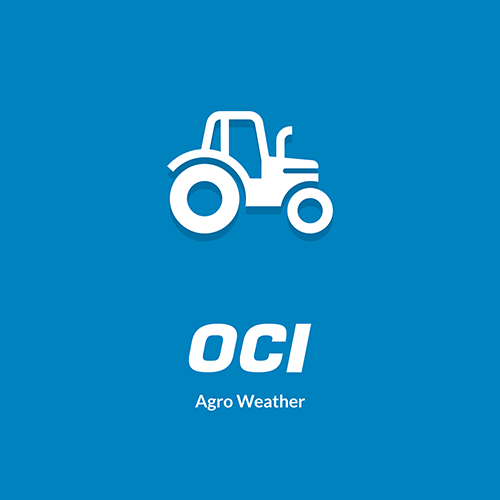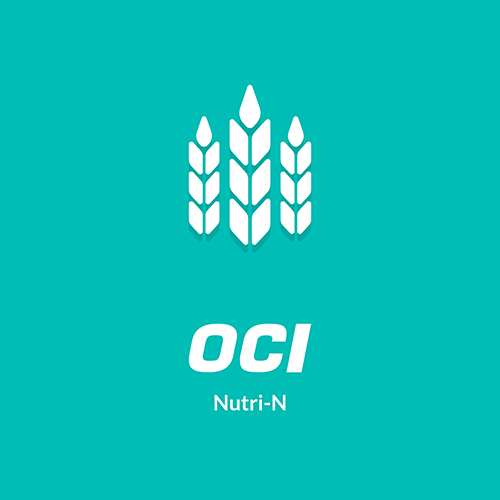Tips for enhancing your soil health
Soil health directly affects crop yield, quality, and resilience. For farmers aiming for sustainability and increased productivity, enhancing soil health is paramount.
Here are our 10 top tips to help:
1. Soil Testing
Regular soil tests provide valuable information about its pH, nutrient levels (such as nitrogen, phosphorus, and potassium), and organic matter content.
Knowing this will guide your decisions about fertiliser applications, whether the pH needs to be balanced as it is too acidic or alkaline and other treatments such as adding manure and other organic matter.
Aim to test your soil every one to two years as seasonal changes can influence soil composition, so consistency in testing helps track changes over time.
See here for further information on how to test soil and the importance of carrying out soil tests.

2. Rotate crops
Crop rotation helps prevent soil erosion, reduces the risk of pests and diseases, and can improve soil structure and fertility.
Rotating crops helps maintain soil integrity. Different crops have varying root systems; some have deep roots while others have more superficial ones. This diversity in root structures helps bind the soil in different ways, reducing erosion caused by wind and water.
Each crop type absorbs different nutrients from the soil. Rotating crops can prevent the depletion of specific nutrients. For example, legumes like beans and peas have the unique ability to fix atmospheric nitrogen, enriching the soil with this vital nutrient. When these nitrogen-fixing crops are followed by nitrogen-demanding crops, such as corn, the subsequent crops can utilise the increased nitrogen levels left in the soil.
See here for further information on the role of crop rotation.
3. Cover crops
Planting cover crops during off-seasons is an increasingly popular and effective strategy for enhancing soil health and promoting sustainable agriculture. These crops, which include species like clover, rye, and various legumes, are not primarily grown for harvest but rather to benefit the soil and ecosystem.
These crops can also effectively outcompete weeds for resources such as light, nutrients, and water, thus naturally reducing the presence and growth of unwanted plants. This biological weed control can lessen the dependence on herbicides, promoting a more organic farming approach.
Some varieties, like legumes, can even fix nitrogen in the soil through their symbiotic relationship with nitrogen-fixing bacteria in their root nodule. This natural process enriches the soil with a vital nutrient, reducing the need for synthetic nitrogen fertilisers. The subsequent main crop benefits from this increased nitrogen availability, leading to better growth and yields.
4. Limit soil disturbance
Tilling can disrupt and harm the intricate web of microorganisms, fungi and bacteria that play crucial roles in nutrient cycling.
No-till or min-till practices can help maintain soil structure, enhance organic matter content, and increase water infiltration and retention.
The aim is to minimise tillage where possible as disturbed soil is more susceptible to erosion by wind and water.

5. Add organic matter
Regularly incorporate organic materials like decomposing straw and manure.
Organic matter enhances microbial activity as these materials provide food for a diverse range of soil microbes, including bacteria, fungi, and earthworms. These organisms play a critical role in decomposing organic matter, releasing nutrients in a form that plants can absorb, and maintaining a healthy soil ecosystem.
Organic materials can also improve the soil’s physical structure. They increase soil porosity, which enhances air and water movement through the soil. This improved structure facilitates root growth and water retention, reducing the risk of soil erosion and compaction.
However, not all manures or organic matter such as straw are equal, so ensure they’re well-decomposed to avoid introducing pathogens or weeds.
It is also important to aim for a balanced carbon to nitrogen ration in your organic additions to support microbial life and nutrient availability.
See here for further information on how to break down straw after harvest to use for enhancing soil health.
6. Practice integrated pest management (IPM)
Adopting an integrated pest management (IPM) approach, which combines biological, cultural, and mechanical practices, is a more sustainable and environmentally friendly way to manage pests in agriculture.
This method reduces reliance on chemical pesticides, which can have negative impacts on soil health, beneficial organisms, and the broader environment.
This management approach involves the use of natural predators or parasites to control pest populations. For instance, encouraging or introducing predatory insects like ladybirds lacewings, and hoverflies can effectively manage aphids and other harmful insects.
These beneficial insects can be attracted to your farm by planting a variety of flowering plants that provide nectar and pollen.
7. Maintain proper soil pH
Soil pH, a measure of the acidity or alkalinity of the soil, is a critical factor in determining the health and productivity of your crops. It significantly influences nutrient availability, microbial activity, and overall soil chemistry.
Soil pH directly affects the chemical form of many nutrients. In highly acidic soils (low pH), essential nutrients like nitrogen, phosphorus, and potassium become less available to plants.
Conversely, certain micronutrients, such as iron and manganese, may become excessively available, potentially reaching toxic levels. In alkaline soils (high pH), the availability of these micronutrients decreases, potentially leading to deficiencies.
Depending on the crops you’re growing, ensure the pH is optimal by using lime to raise it or sulphur to lower it when necessary.
See here for further information on how to balance soil pH.
By giving careful attention to the health of the soil, you can ensure not only the productivity of your current crops, but also pave the way for sustainable farming practices for generations to come.


